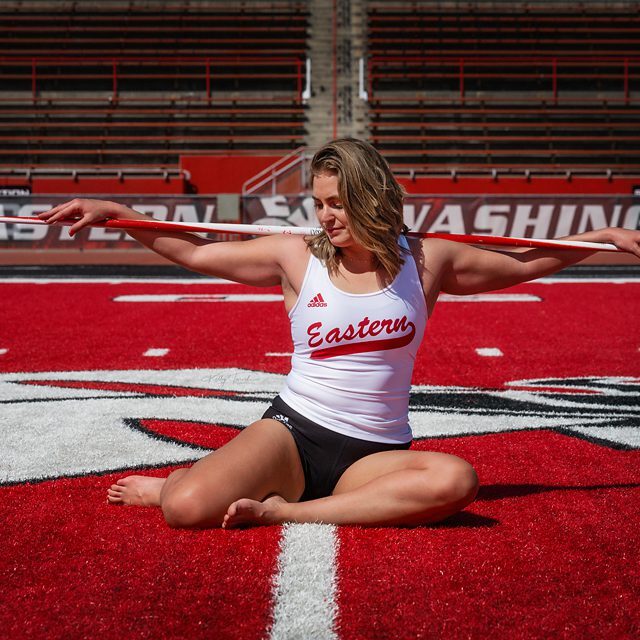
Shedding Light on Bounce Light - A Photographer's Guide
Hello fellow photographers. It's Kelly from Kelly Tareski Photography, and in today's blog post, we'll be discussing a topic that's essential to achieving perfect lighting in your pictures- Bounce Light. Many photographers, whether beginners or professionals struggle with lighting their subjects in the right way, which can make or break a photo. But fret not, as bounce light can help you master the art of creating beautiful photographs, and I speak from my own personal experience. So, let's dive in and shed some light on what bounce light is and how to use it effectively.
What is Bounce Light?
As the name suggests, bounce light is the technique of redirecting the light to the subject by bouncing it off a reflective surface. It involves using a light source, such as a flash or a natural light source, and a reflective material, such as a white wall or ceiling, to create a diffused, even, and soft light that can highlight your subject's best features. Simply put, with bounce light, you're using the surrounding environment to control the light and create a flattering and well-lit image.
Using Bounce Light:
Now that you know what bounce light is, it's time to understand how to use it. The first step is to identify the reflective surfaces around your subject. This can be a light-colored wall, ceiling, or reflective panel. Place the light source in front of the subject, and direct it towards the reflective surface. The light will bounce off the surface and diffuse, creating a soft and even light that will beautifully illuminate your subject. Experiment with different angles and distances to find the perfect balance of light and shadow.
Benefits of Bounce Light:
Apart from providing even lighting, bounce light offers other benefits too. The use of reflective surfaces allows you to control the direction and intensity of the light, allowing you to highlight specific features and create stunning visuals. Additionally, using bounce light can reduce harsh shadows and prevent overexposure, resulting in a natural and flattering image.
When to Use Bounce Light:
Bounce light is a versatile lighting technique that can be used in various settings and occasions. It's especially useful for indoor photography, where natural light may not be available, or when using harsh light sources, such as a direct flash. Bounce light can bring life to dull indoor shots, enhance product photography, and even create dramatic effects in portrait photography.
Practice and Experimentation:
As with everything, mastering the skill of bounce light requires practice and experimentation. Spend time familiarizing yourself with your equipment and testing different setups until you find the one that works best for you and your subject. Don't be afraid to try new things and think outside the box. The key is to understand how light behaves and how to manipulate it to create the best results.
Setups
As photographers, we strive to capture beautiful, well-lit images that stand out from the crowd. Bounce light is an excellent technique that can help us achieve our creative vision by controlling and redirecting light. By understanding what bounce light is, how to use it, and when to use it, we can create stunning visuals that will impress even the harshest critique. So, keep practicing and experimenting, and let's keep shedding some light on our subjects.
Related Articles for My Fellow Photographers
-
Kelly Tareski Photography Home
-
Blog Posts Page
-
Why the Nikon Z-7ii is my Camera of Choice for Professional Photography
-
Why I Made the Switch to a Mirrorless Nikon Camera
-
Why I Choose Nikon Camera Lenses
-
Nikon vs Cannon - The Battle for Photography Supremacy
-
Godox IS My Choice of Lighting for Photography
-
My Backup Choice of Lighting - The Godox AD600BM
-
Shedding Light on Bounce Light - A Photographer's Guide
-
Golden Hour Portraits - Harnessing the Magic
-
Using a Bounce Light Reflector for Outdoor Photography
-
The Magic of Bokeh in Portrait Photography
-
The Economy and Photography
-
How the Economy Impacts Photography
-
How to Weather Economic Slumps as a Photographer
-
Finding Creative Ways to Promote Your Photography on a Budget
-
Free and Low-Cost Resources for Photographers
-
Benefits of Investing in Quality Camera Gear for Photographers
-
New Markets to Grow Your Photography Business
-
Understanding Market Change in Photography
-
How to Offer Competitive Pricing as a Photographer
-
How to Expand Your Photography Service Offerings
-
Improving Your Online Presence as a Photographer
-
Developing a Value Proposition as a Photographer
-
Diversifying your Photography Session Options
-
Setting Your Photography Pricing Structure
-
Evaluating Your Local Market for Photography
-
Maintaining an Online Presence for Photographers
-
Investing in Education as a Photographer
-
What is Black and White Photography
